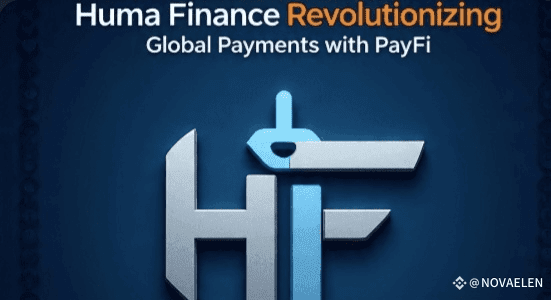Introduction
In the fast-moving world of decentralized finance (DeFi), Huma Finance is emerging as a trailblazer. As the first Payment Financing (PayFi) network, Huma bridges traditional finance and blockchain, offering modern solutions to long-standing payment inefficiencies.
What Is Huma Finance?
Huma Finance is a decentralized protocol that provides businesses and individuals with liquidity by leveraging future income streams and real-world assets as collateral. This model enables instant, borderless transactions without pre-funding requirements—eliminating many of the delays found in legacy systems.
Core Features and Innovations
1. Real-World Asset (RWA) Tokenization
Huma turns assets like invoices and receivables into on-chain collateral, unlocking liquidity and enabling faster cross-border settlements.
2. Dual Protocol Model
Huma Institutional: A permissioned platform tailored for institutions, featuring KYC/AML compliance and structured credit facilities.
Huma 2.0: A permissionless network for retail users, enabling them to supply capital to vaults that deploy funds across DeFi protocols.
3. $HUMA Token Utility
The $HUMA token powers governance, staking, and liquidity incentives. Holders influence decisions on liquidity deployment and reward distribution.
Strategic Partnerships and Expansion
Huma has secured partnerships with organizations like the Stellar Development Foundation and TIBAS Ventures, boosting the PayFi network’s reach. These alliances support billions in processed transactions and stablecoin-backed liquidity for regulated financial institutions.
Looking Ahead
Huma Finance plans to bring major payment companies and financial providers into its ecosystem, shaping a robust PayFi network. As adoption grows, Huma is positioned to redefine global payment financing through blockchain innovation.
@Huma Finance 🟣 #HumaFinance $HUMA


